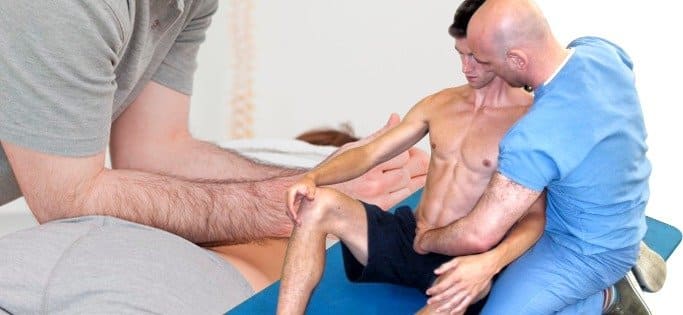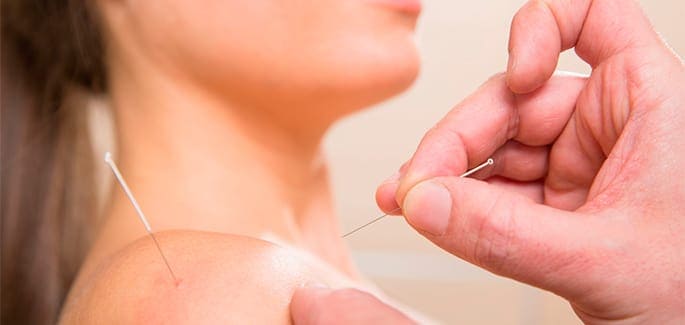New York Dynamic Neuromuscular Rehabilitation & Physical Therapy

At the very base of the spine, several vertebrae fuse to the back area of the pelvis known as the ilium, forming the sacroiliac or SI joints. These joints are supported by a system of muscles and ligaments that minimize uncontrolled motion during situations of physical stress or exertion, primarily the gluteal and deep abdominal […]
Read More
Plantar Fasciitis has been found to be the major cause of heel pain. This condition is the result of microscopic tears and inflammation in the muscles across the band of tissue at the bottom of the foot. The impact on the ligament (plantar fascia) results in swelling and causes burning and stabbing pain in the […]
Read MoreMany people with chronic pain disorders that do not respond to needle therapy for pain. Dry needling for lateral epicondylitis is gaining popularity because it resolves trigger point pain in a safe and effective manner. What Is Dry Needling? Needling has been used in a variety of formats to repeated manipulation, these trigger points can […]
Read More
Suffering from a deep pain in the buttocks is called chronic high hamstring tendinopathy. The ailment is the result of pain that gradually escalates. The aggravation can increase through repetitive motion or prolonged sitting. The Cause of High Hamstring Tendinopathy It is believed the condition results when acute hamstring tears are not given time tor […]
Read More
Physical therapy evaluations can be daunting, especially for first-time visitors, but they are quite straightforward. The following points will explore what one should expect during an evaluation Discussion With Therapist Before Evaluation Begins The therapist will need certain information to accomplish with physical therapy. This can be very beneficial in helping the therapist understand what […]
Read More
Whether you are just starting a new workout plan or are an avid athlete, exercise has the tendency to cause aches and pains. One of the most common issues that athletes and newly active individuals both experience is tightness in the hamstrings. This issue is particularly complicated to identify and even remedy, though, as it […]
Read More
The European Spine Journal has released a study compiled by researchers in the Netherlands who claimed to have gathered some insight as to effective methods of sacroiliac joint treatment. By using a single-blind, randomly distributed trial studied the sacroiliac joint as connected to leg pain in patients. 51 patients took part in the study with […]
Read More
Low back pain does not discriminate. It happens to break down after years of bearing one’s weight. Injuries and other health conditions can have an impact on spinal health as well. What is to Blame for Lower Back Pain? For aging individuals, low back pain causes are usually due to wear and tear on the […]
Read More
Headaches are painful nuisances that everyone experiences at some point in their lifetime. They may be regarded as annoyances, but the causes of headaches may be severe conditions. Common non-life-threatening types are: sinus, tension, TMJ, neck, cluster, and migraine. You may wish toms, but often these may be treated with over the counter medicine and […]
Read More
Acupuncture has been the most widely recognized form of point injection therapy since the Chinese Sto learn more about trigger point acupuncture, and how it can help eliminate the discomfort that they are constantly experiencing. What Exactly Are “Trigger Points?” Trigger points are often referred to another trigger point, it results in a satellite trigger […]
Read More